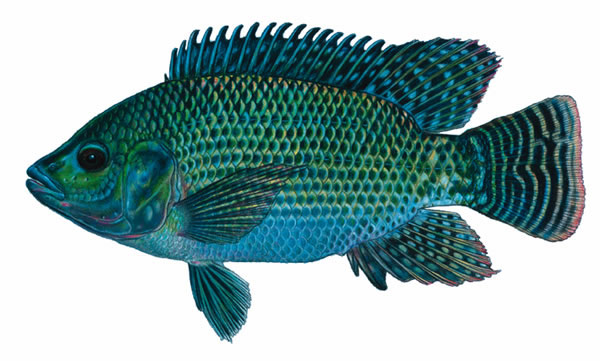
Mercury Toxicity, Kids & Fish Consumption
The takeaway:
“Harmful effects were observed at blood mercury levels far below the current safe limit of 5.8 μg/dL established by the WHO and the US National Academy of Sciences and National Research Center. The kids in this study had an average mercury level in the blood of 0.77 μg/dL, and, with one exception, all affected kids had a mercury level below 3.27 μg/dL.
Should you give your children fish?
Which fish should they/we avoid and consume?
- Focus on LOW mercury sources: anchovies, sardines, clams, North Atlantic mackerel, herring, and salmon. Conveniently, many of these are also the best sources of omega-3 fats EPA and DHA.
- Avoid HIGH mercury sources: yellowfin and canned albacore tuna, Spanish and king mackerel, Chilean sea bass, marlin, orange roughy, shark, swordfish, and bigeye/ahi tuna.
How to reduce the risk of mercury toxicity from fish?
Support your child’s glutathione pathways.
Note: Glutathione (GSH) has been touted as the “mother of all antioxidants“. Thousands of studies have shown its ability to prevent aging, cancer, heart disease, and dementia, and can even treat autism. What does glutathione have to do with mercury? As Dr. Kresser puts it:
Methyl mercury, the primary form found in fish, is eliminated in the bile as a glutathione conjugate. This means that anything that affects glutathione will affect mercury clearance.
A few things you can do:
- Focus on sulfur-rich foods: garlic, onions, and cruciferous vegetables (broccoli, kale, collards, cabbage, cauliflower, watercress, etc.).
- Keep active: exercise boosts immunity and improves detoxification.
- Reduce exposure to toxins: This is something we address as part of my holistic program in the Thrive Package and Signature Packages. Or reach out to a green home expert like Emma Rohmann.
Focus on a clean and nutrient-dense diet.
- Lots of vegetables, fruit, clean protein sources, and healthy fats to ensure they are getting essential nutrients (namely ones that support the detoxification process like selenium and zinc). You can work with a nutritionist like myself to do that.
Admittedly, I was a little troubled by this research but if my girls (and your little ones) are eating a well-rounded diet, getting adequate rest and adequate activity, I’m going to relax and let them enjoy their wild salmon tonight.






